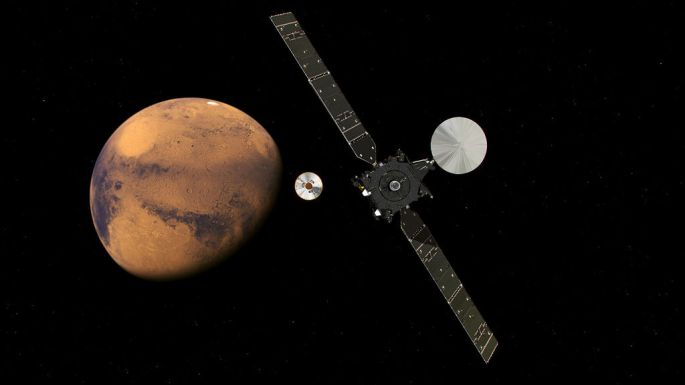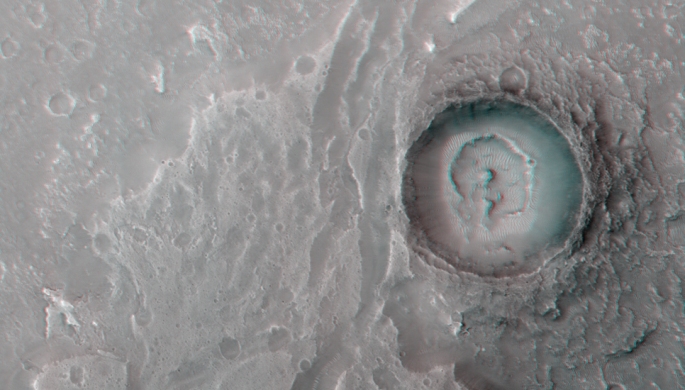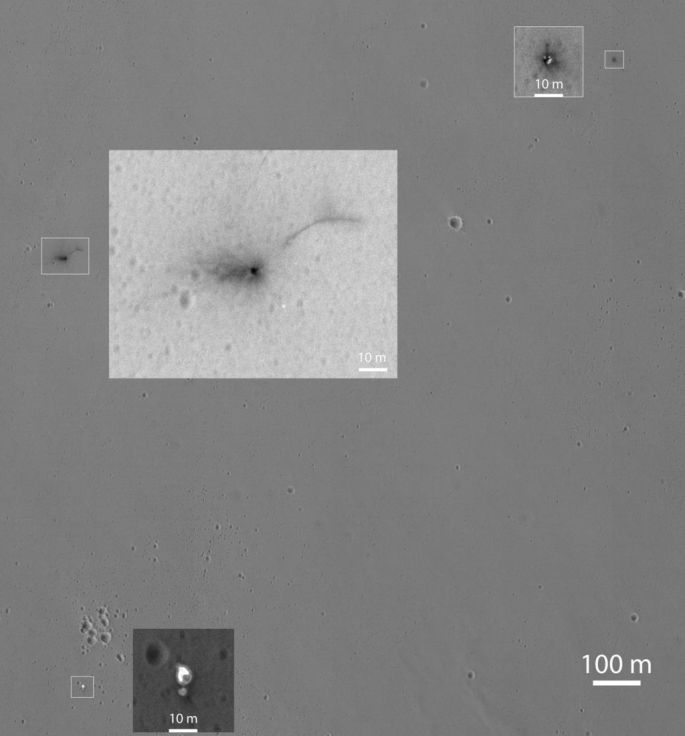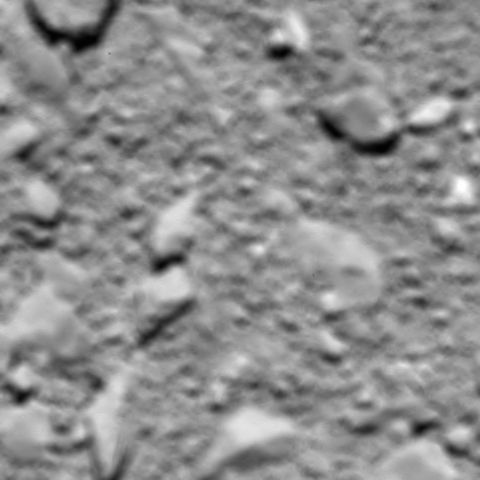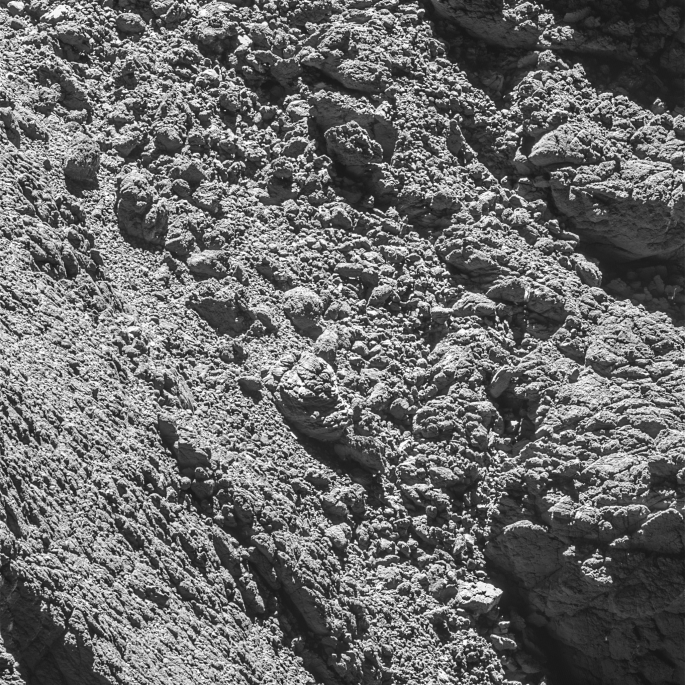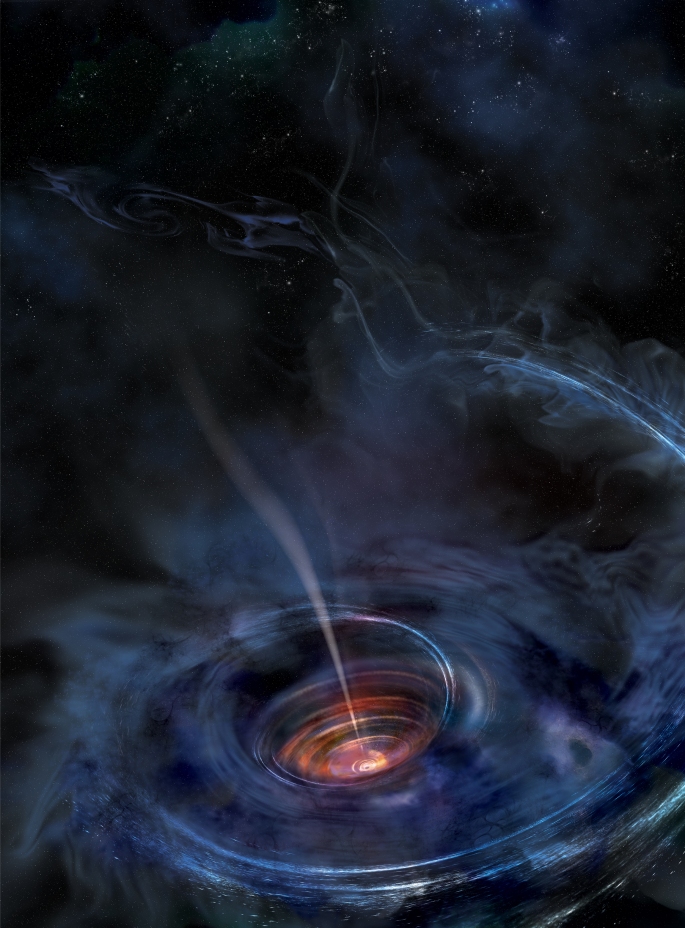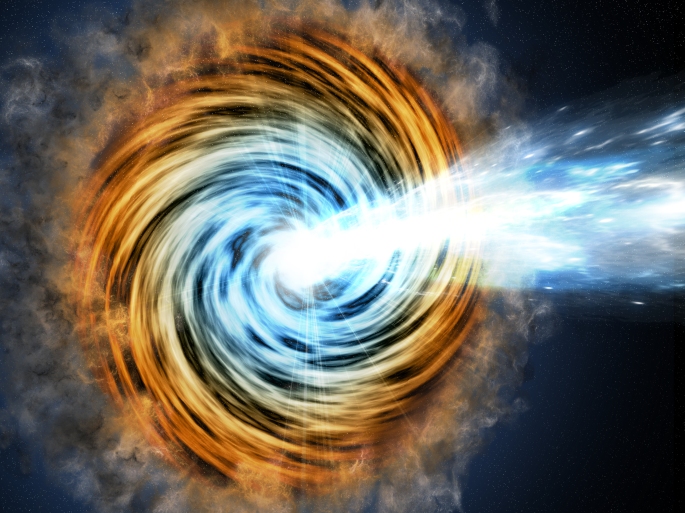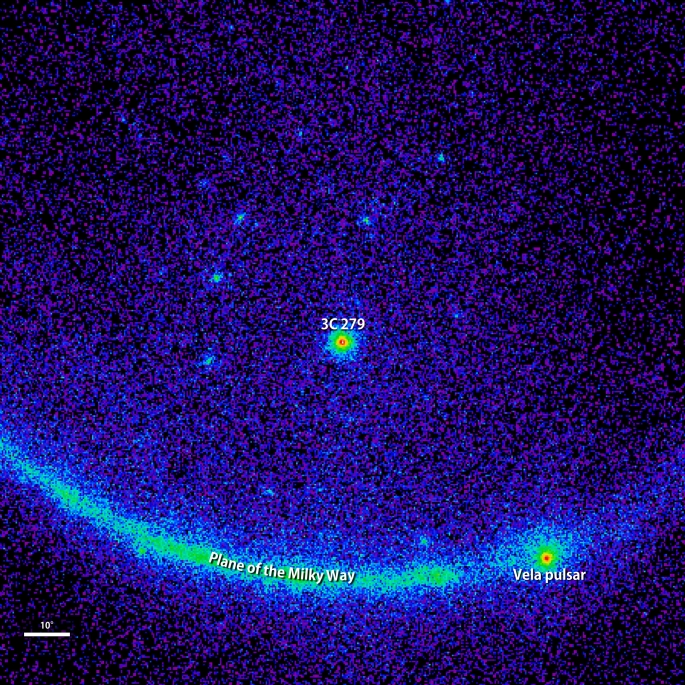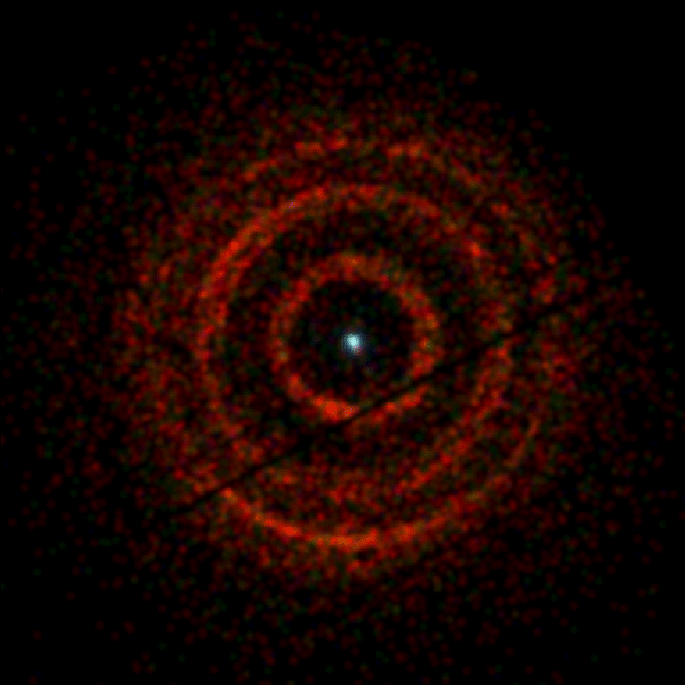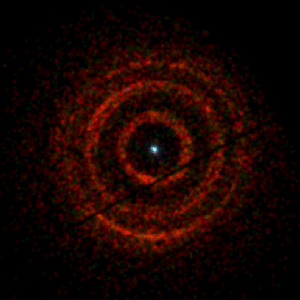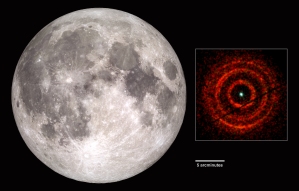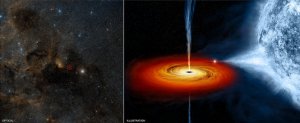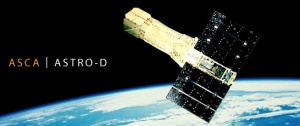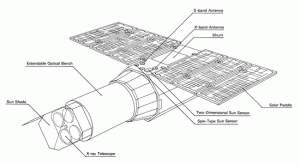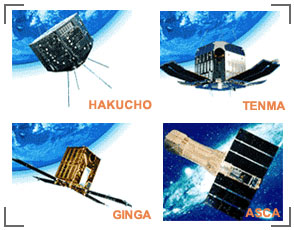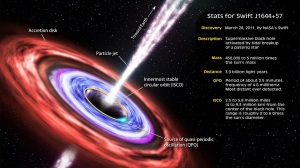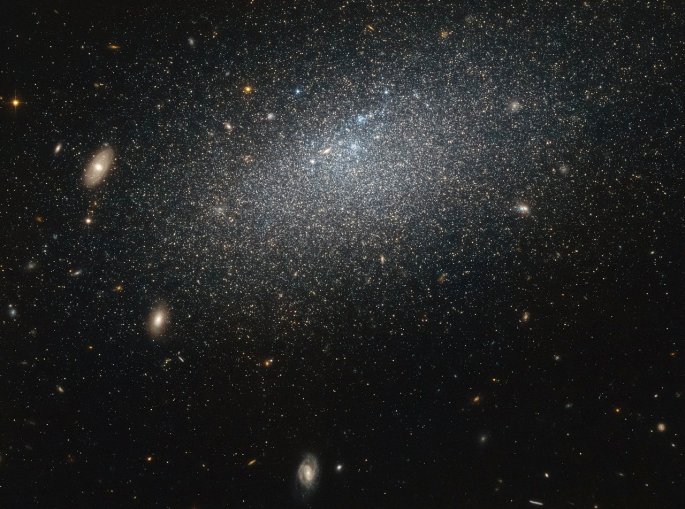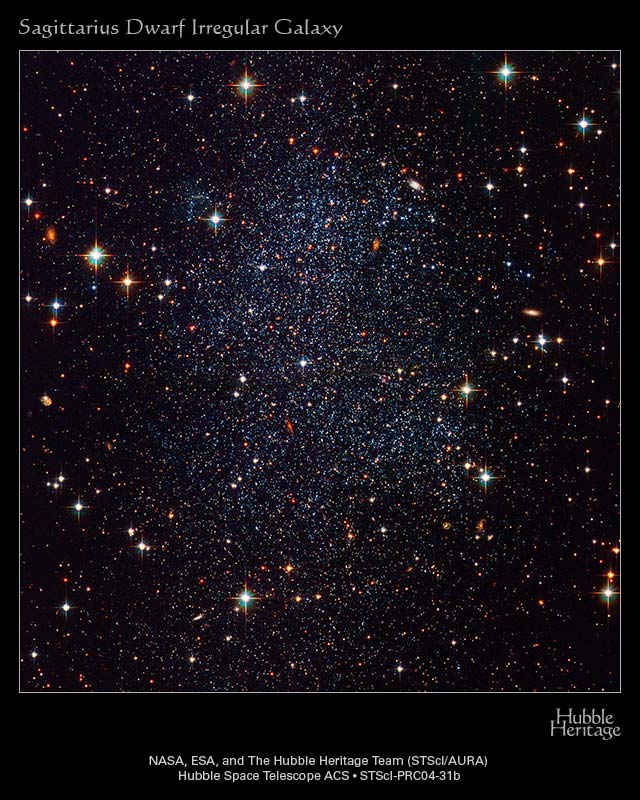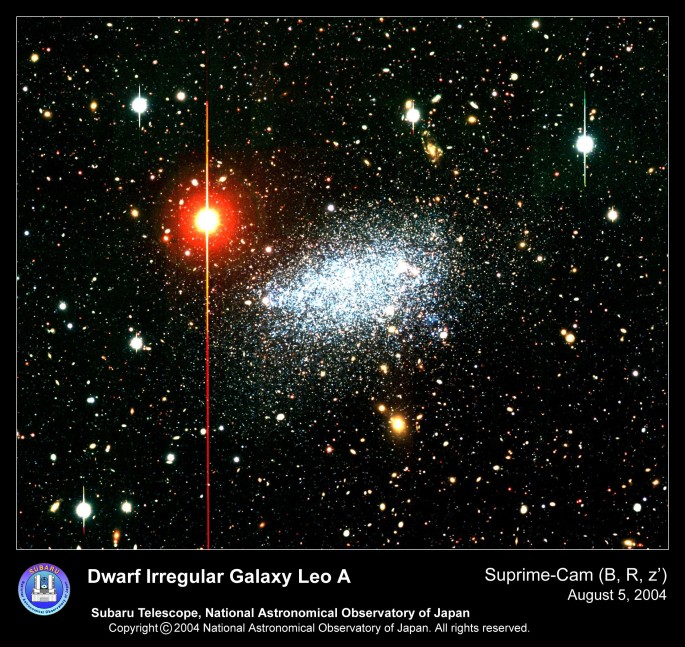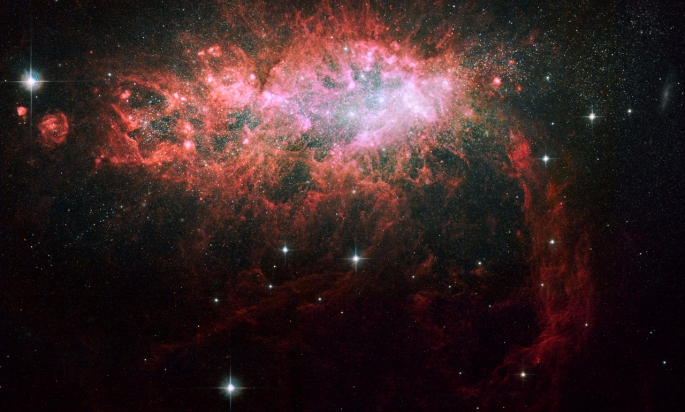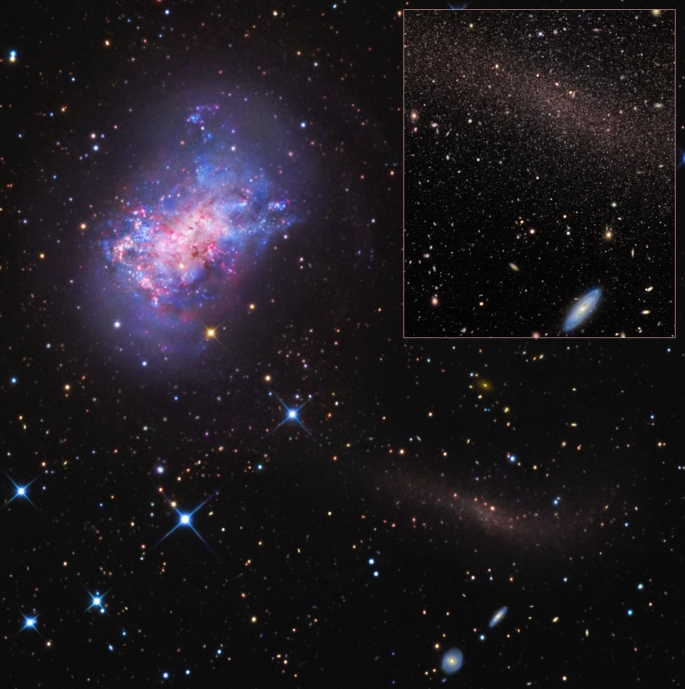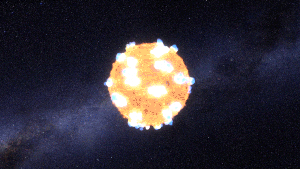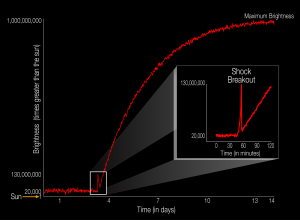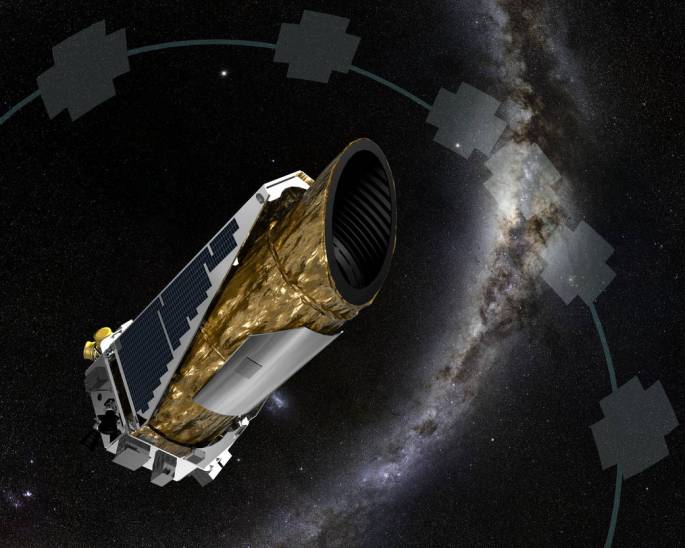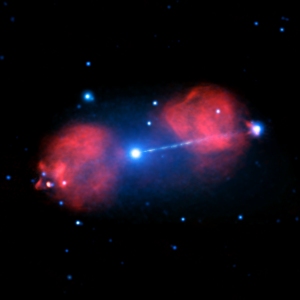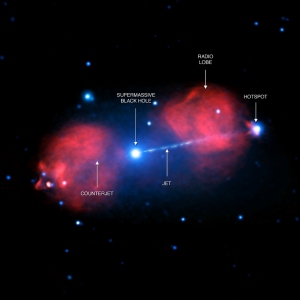Next stop the ocean worlds of Enceladus and Europa

Credits: NASA/JPL-Caltech
Space news (planetary science: water worlds of the solar system; Enceladus and Europa) – planets and moons around the solar system and exoplanets across the universe covered with water–

The Cassini spacecraft detected the hydrogen in the plume of gas and icy material spraying from Enceladus during its deepest and last dive through the plume on Oct. 28, 2015. Cassini also sampled the plume’s composition during previous flybys, earlier in the mission. From these observations, scientists have determined that nearly 98 percent of the gas in the plume is water vapor, about 1 percent is hydrogen, and the rest is a mixture of other molecules including carbon dioxide, methane, and ammonia.
The graphic shows water from the ocean circulating through the seafloor, where it is heated and interacts chemically with the rock. This warm water, laden with minerals and dissolved gasses (including hydrogen and possibly methane) then pours into the ocean creating chimney-like vents.
The hydrogen measurements were made using Cassini’s Ion and Neutral Mass Spectrometer, or INMS, instrument, which sniffs gasses to determine their composition.
The finding is an independent line of evidence that hydrothermal activity is taking place in the Enceladus ocean. Previous results from Cassini’s Cosmic Dust Analyzer instrument, published in March 2015, suggested hot water is interacting with rock beneath the ocean; the new findings support that conclusion and indicate that the rock is reduced in its geochemistry. With the discovery of hydrogen gas, scientists can now conclude that there is a source of chemical free energy in Enceladus’ ocean.
The Cassini mission is a cooperative project of NASA, ESA (the European Space Agency) and the Italian Space Agency. The Jet Propulsion Laboratory, a division of Caltech in Pasadena, manages the mission for NASA’s Science Mission Directorate, Washington. The Cassini orbiter and its two onboard cameras were designed, developed and assembled at JPL. The Ion and Neutral Mass Spectrometer was designed and built by NASA Goddard Space Flight Center, Greenbelt, Maryland; the team is based at Southwest Research Institute (SwRI) in San Antonio.
For more information about the Cassini mission, visit http://www.nasa.gov/cassini and http://saturn.jpl.nasa.gov.
Image Credit: NASA.
The solar system’s awash in water! NASA missions have provided verifiable facts showing ocean worlds and moons exist in our solar system and beyond, other than Earth. Planetary bodies where water is locked in a frozen embrace and even flowing beneath miles of ice. Liquid water exobiologists are keen to explore for life forms they would love to meet and get to know a little better during the next phase of the human journey to the beginning of space and time. Watch this YouTube video on NASA’s search for life on the ocean worlds of the solar system.

When Galileo discovered Jupiter’s moon Europa in 1610, along with three other satellites whirling around the giant planet, he could have barely imagined it was such a world of wonder.
This revelation didn’t happen until 1979 when NASA’s Voyager 1 and 2 flew by Jupiter and found evidence that Europa’s interior, encapsulated under a crust of ice, has been kept warm over billions of years. The warmer temperature is due to gravitational tidal forces that flex the moon’s interior — like squeezing a rubber ball — keeping it warm. At the time, one mission scientist even speculated that the Voyagers might catch a snapshot of geysers on Europa.
Such activity turned out to be so elusive that astronomers had to wait over three decades for the peering eye of Hubble to monitor the moon for signs of venting activity. A newly discovered plume seen towering 62 miles above the surface in 2016 is at precisely the same location as a similar plume seen on the moon two years earlier by Hubble. These observations bolster evidence that the plumes are a real phenomenon, flaring up intermittently in the same region on the satellite.
The location of the plumes corresponds to the position of an unusually warm spot on the moon’s icy crust, as measured in the late 1990s by NASA’s Galileo spacecraft. Researchers speculate that this might be circumstantial evidence for material venting from the moon’s subsurface. The material could be associated with the global ocean that is believed to be present beneath the frozen crust. The plumes offer an opportunity to sample what might be in the ocean, in the search for life on that distant moon. Credits: NASA/JPL
Papers published by the journal Science and written by Cassini mission scientists and researchers working with the Hubble Space Telescope indicate hydrogen gas believed pouring from the subsurface ocean of Enceladus could potentially provide chemical energy life could use to survive and evolve. Watch this YouTube video called “NASA: Ingredients for Life at Saturn’s moon Enceladus“, it shows the proof scientists used to come to these conclusions. Their work provides new insights concerning possible oceans of water on moons of Jupiter and Saturn and other ocean moons in the solar system and beyond.

When Galileo discovered Jupiter’s moon Europa in 1610, along with three other satellites whirling around the giant planet, he could have barely imagined it was such a world of wonder.
This revelation didn’t happen until 1979 when NASA’s Voyager 1 and 2 flew by Jupiter and found evidence that Europa’s interior, encapsulated under a crust of ice, has been kept warm over billions of years. The warmer temperature is due to gravitational tidal forces that flex the moon’s interior — like squeezing a rubber ball — keeping it warm. At the time, one mission scientist even speculated that the Voyagers might catch a snapshot of geysers on Europa.
Such activity turned out to be so elusive that astronomers had to wait over three decades for the peering eye of Hubble to monitor the moon for signs of venting activity. A newly discovered plume seen towering 62 miles above the surface in 2016 is at precisely the same location as a similar plume seen on the moon two years earlier by Hubble. These observations bolster evidence that the plumes are a real phenomenon, flaring up intermittently in the same region on the satellite.
The location of the plumes corresponds to the position of an unusually warm spot on the moon’s icy crust, as measured in the late 1990s by NASA’s Galileo spacecraft. Researchers speculate that this might be circumstantial evidence for material venting from the moon’s subsurface. The material could be associated with the global ocean that is believed to be present beneath the frozen crust. The plumes offer an opportunity to sample what might be in the ocean, in the search for life on that distant moon. Credits: NASA/JPL
“This is the closest we’ve come, so far, to identifying a place with some of the ingredients needed for a habitable environment,” said Thomas Zurbuchen, associate administrator for NASA’s Science Mission Directorate at Headquarters in Washington. ”These results demonstrate the interconnected nature of NASA’s science missions that are getting us closer to answering whether we are indeed alone or not.”

Researchers believe they have found evidence indicating hydrogen gas could be pouring out of hydrothermal vents on the floor of Saturn’s moon Enceladus and into these oceans of water. Any microbes existing in these distant waters could use this gas as a form of chemical energy to operate biological processes. By combining hydrogen with carbon dioxide dissolved in this ocean of water in a chemical reaction called methanogenesis, geochemists think methane could be produced which could act as the basis of a tree of life similar to the one observed on Earth.

This two-image mosaic is one of the highest resolution views acquired by Cassini during its imaging survey of the geyser basin capping the southern hemisphere of Saturn’s moon Enceladus. It clearly shows the curvilinear arrangement of geysers, erupting from the fractures. .From left to right, the fractures are Alexandria, Cairo, Baghdad, and Damascus.
As a result of this survey, 101 geysers were discovered: 100 have been located on one of the tiger stripes (PIA17188), and the three-dimensional configurations of 98 of these geysers have also been determined (PIA17186). The source location of the remaining geyser could not be definitively established. These results, together with those of other Cassini instruments, now strongly suggest that the geysers have their origins in the sea known to exist beneath the ice underlying the south polar terrain.
These findings from the imaging survey, of which the two images composing this mosaic are a part, were presented in a paper by Porco, DiNino, and Nimmo and published in the online version of the Astronomical Journal in July 2014: http://dx.doi.org/10.1088/0004-6256/148/3/45.
A companion paper, by Nimmo et al., is available at http://dx.doi.org/10.1088/0004-6256/148/3/46.
The Cassini-Huygens mission is a cooperative project of NASA, the European Space Agency, and the Italian Space Agency. NASA’s Jet Propulsion Laboratory, a division of the California Institute of Technology in Pasadena, manages the mission for NASA’s Science Mission Directorate, Washington. The Cassini orbiter and its two onboard cameras were designed, developed and assembled at JPL. The imaging operations center is based at the Space Science Institute in Boulder, Colo.
For more information about the Cassini-Huygens mission visit http://saturn.jpl.nasa.gov and http://www.nasa.gov/cassini. The Cassini imaging team homepage is at http://ciclops.org.
Photojournal notes: This image has been rotated 180 degrees from its original orientation published on February 2, 2010.
Image Credit:
NASA/JPL/Space Science Institute
On Earth, this process is thought to be at the root of the tree of life, and could even be essential, critical to the origin of life on our little blue dot. Life existing on our planet requires three main ingredients, liquid water, a source of energy for metabolic processes, and specific chemical ingredients to develop and continue to thrive. This study shows Enceladus could have the right ingredients for life to exist, but planetary scientists and exobiologists are looking for evidence of the presence of sulfur and phosphorus.

Water ice and organic particles gush out of fissures known as “tiger stripes” at Enceladus’ south pole. Scientists think the fissures are squeezed shut when the moon is feeling the greatest force of Saturn’s gravity. They theorize the reduction of that gravity allows the fissures to open and release the spray. Enceladus’ orbit is slightly closer to Saturn on one side than the other. A simplified version of that orbit is shown as a white oval.
Scientists correlate the brightness of the Enceladus plume to the amount of solid material being ejected because the fine grains of water ice in the plume are very bright when lit from behind. Between the dimmest and brightest images, they detected a change of about three to four times in brightness, approximately the same as moving from a dim hallway to a brightly lit office.
This analysis is the first clear finding that shows the jets at Enceladus vary in a predictable manner. The background image is a mosaic made from data obtained by Cassini’s imaging science subsystem in 2006. The inset image on the left was obtained on Oct. 1, 2011. The inset image on the right was obtained on Jan. 30, 2011.
A related image, PIA17039, shows just the Enceladus images. The Saturn system mosaic was created from data obtained by Cassini’s imaging cameras in 2006.
The Cassini-Huygens mission is a cooperative project of NASA, the European Space Agency, and the Italian Space Agency. NASA’s Jet Propulsion Laboratory, a division of the California Institute of Technology in Pasadena, manages the mission for NASA’s Science Mission Directorate, Washington, DC. The Cassini orbiter was designed, developed and assembled at JPL. The visual and infrared mapping spectrometer was built by JPL, with a major contribution by the Italian Space Agency. The visual and infrared mapping spectrometer science team is based at the University of Arizona, Tucson.
For more information about the Cassini-Huygens mission, visit http://www.nasa.gov/cassini and http://saturn.jpl.nasa.gov/.
Image Credit:
NASA/JPL-Caltech/University of Arizona/Cornell/SSI
Previous data shows the rocky core of this moon is similar to meteorites containing these two elements, so they’re thought to be chemically similar in nature, and scientists are looking for the same chemical ingredients of life found on Earth, primarily carbon, nitrogen, oxygen, and of course hydrogen, phosphorus, and sulphur.

Cassini Project Scientist. Credits: NASA
“Confirmation that the chemical energy for life exists within the ocean of a small moon of Saturn is an important milestone in our search for habitable worlds beyond Earth,” said Linda Spilker, Cassini project scientist at NASA’s Jet Propulsion Laboratory (JPL) in Pasadena, California.

Cassini will make 22 orbits that swoop between the rings and the planet before ending its mission on Sept. 15, 2017, with a final plunge into Saturn. The mission team hopes to gain powerful insights into the planet’s internal structure and the origins of the rings, obtain the first-ever sampling of Saturn’s atmosphere and particles coming from the main rings, and capture the closest-ever views of Saturn’s clouds and inner rings.
During its time at Saturn, Cassini has made numerous dramatic discoveries, including a global ocean that showed indications of hydrothermal activity within the icy moon Enceladus, and liquid methane seas on its moon Titan.
The Cassini mission is a cooperative project of NASA, ESA (the European Space Agency) and the Italian Space Agency. The Jet Propulsion Laboratory, a division of the California Institute of Technology in Pasadena, manages the mission for NASA’s Science Mission Directorate, Washington.
For more information about the Cassini-Huygens mission, visit http://www.nasa.gov/cassini and http://saturn.jpl.nasa.gov.
Image Credit: NASA/JPL-Caltech
Cassini detected hydrogen in plumes of gas and frozen matter spewing from Enceladus during the spacecraft’s deepest pass over its surface on October 28, 2015. This combined with previous data obtained by Cassini’s Ion and Neutral Mass Spectrometer (INMS) during earlier flybys around 2005, helped scientists determine that nearly 98 percent of the material spraying from the surface of the moon is water. The remaining two percent is thought to be around 1 percent hydrogen with some carbon dioxide, methane, ammonia and assorted unknown molecules in the mix.
Cassini has shown us two independent detections of possible water spewing from the surface of Enceladus. NASA and its partners are currently looking over proposals to send spacecraft to determine if there is an ocean of water beneath its surface by taking a sample. The Europa Life Finder (ELF) is the proposal NASA’s seriously looking at undertaking at this point, but reports indicate a few other proposals are also being discussed. We’ll provide additional information on other proposals as they’re released to media outlets.
“Although we can’t detect life, we’ve found that there’s a food source there for it. It would be like a candy store for microbes,” said Hunter Waite, lead author of the Cassini study.
Two different observations of possible plumes of water spraying from the icy surface of Saturn’s moon Enceladus provides proof hydrothermal activity is occurring beneath. Geophysicists believe hot water is combining chemically with rock and other matter at the bottom of an ocean of water underneath its icy surface to produce hydrogen gas. Hydrogen gas exobiologists think could be used as energy, food of a sort, to sustain life forms exobiologists want to meet and learn more about. A meeting that would change our place in the cosmos, the way we think about the universe, and reality.

Astronomers and researchers working with the Hubble Space Telescope in 2016 reported on an observation of a possible plume erupting from the icy surface of Europa in the same general location Hubble observed a possible plume in 2014. This location also corresponds to the unusually warm region with cracks in the icy surface observed by NASA’s Galileo spacecraft back in the 1990s. This provides evidence this phenomenon could be periodic, intermittent in this region of the moon. Mission planners are looking at this region as a possible location to obtain a sample of water erupting from a possible ocean of water beneath its icy surface. Watch this video on Europa.
Estimates of the size of this most recently observed plume indicate it rose about 62 miles (~100 kilometers) from the surface of Europa, while the plume in 2014 only reached a height of around 30 miles (50 kilometers).

Space Telescope Science Institute. Credits: Space Science Institute/NASA/JPL
“The plumes on Enceladus are associated with hotter regions, so after Hubble imaged this new plume-like feature on Europa, we looked at that location on the Galileo thermal map. We discovered that Europa’s plume candidate is sitting right on the thermal anomaly,” said William Sparks of the Space Telescope Science Institute in Baltimore, Maryland. Sparks led the Hubble plume studies in both 2014 and 2016.
One interesting thought’s the plumes and the hot spot is somehow linked. If this is the case, it could mean the vented water’s falling onto the surface of the moon, which would change the structure and chemistry of the surface grains and allow them to retain heat longer than the surrounding region. This location would be a great place to search for the ingredients of life and a possible entry point into an ocean of water beneath.

Credits: NASA/JPL-Caltech/SETI Institute
These observations by the Hubble Space Telescope and future looks enable future space missions to Europa and other ocean worlds in the solar system. Specifically, laying the groundwork for NASA’s Europa Clipper mission, which is set for a launch sometime in the 2020s.

“If there are plumes on Europa, as we now strongly suspect, with the Europa Clipper we will be ready for them,” said Jim Green, Director of Planetary Science, at NASA Headquarters.
NASA has indicated they’re looking to identify a possible site with persistent, intermittent plume activity as a target location for a mission to Europa to explore using its powerful suite of science instruments. Another team’s currently at work on a powerful ultraviolet camera to add to the Europa Clipper that would offer data similar to that provided by the Hubble Space Telescope, while some members of the Cassini team are working on a very sensitive, next generation INMS instrument to put on the spacecraft.
Water’s the story of life on Earth! Science has shown it played and plays the main part in the birth, evolution, and sustenance of life on Earth.
NASA’s planning on taking the human journey to the beginning of space and time to the ocean worlds of the solar system during the decades ahead. To search for the ingredients of life and even possibly simple one-celled life forms, of an unknown type. We plan on going along for the ride to have a look for ourselves and we hope to see your name on the ship manifest. We’ll save a seat for you.
Join the human journey to the beginning of space and time by taking part in NASA’s Backyard Worlds: Planet 9. Participants take part in the search for hidden worlds between Neptune and Proxima Centauri.




